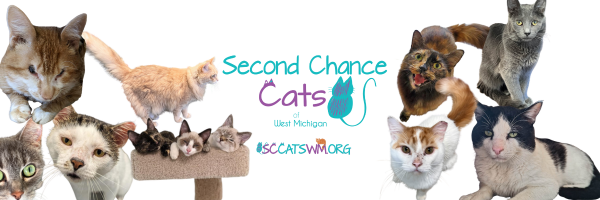Harnessing Humane Solutions: The Power of TNR in Managing Feral Cat Populations
- Understanding TNR: A Basic Overview
- The Life of a Feral Cat: Stray vs. Feral
- The Mechanics of Trap-Neuter-Return
- Why Should We Neuter Feral Cats?
- The Role of Community Cats in TNR
- How to Get Involved in TNR Programs
- The Impact of TNR on Local Cat Populations
- The Benefits of TNR for the Community
- Addressing Concerns: Common Misconceptions about TNR
- What happened to this cat’s left ear? Why is it cut?
- Future of Feral Cats: The Long-Term Effects of TNR
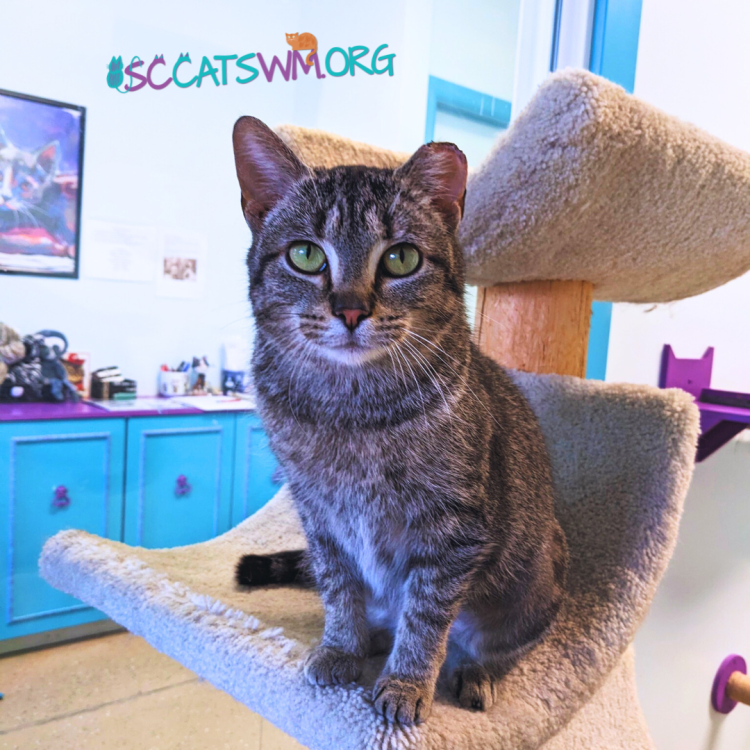
1. Understanding TNR: A Basic Overview
Trap-Neuter-Return, or TNR, is a humane and effective method used worldwide to manage populations of feral and stray cats. The process involves trapping the cats, neutering them, and returning them to their original location. This method helps control the feral cat population and reduces behaviors associated with unneutered cats, such as yowling and fighting. SCCATSWM is a staunch advocate for TNR, recognizing its importance in humane feral cat management.

Employing this strategy helps to halt population growth while promoting health. Our mission aligns with a method for managing feral cats and ensuring the well-being and protection of all cats, including the provision of cat food and shelter for cats and kittens in TNR colonies.
2. The Life of a Feral Cat: Stray vs. Feral
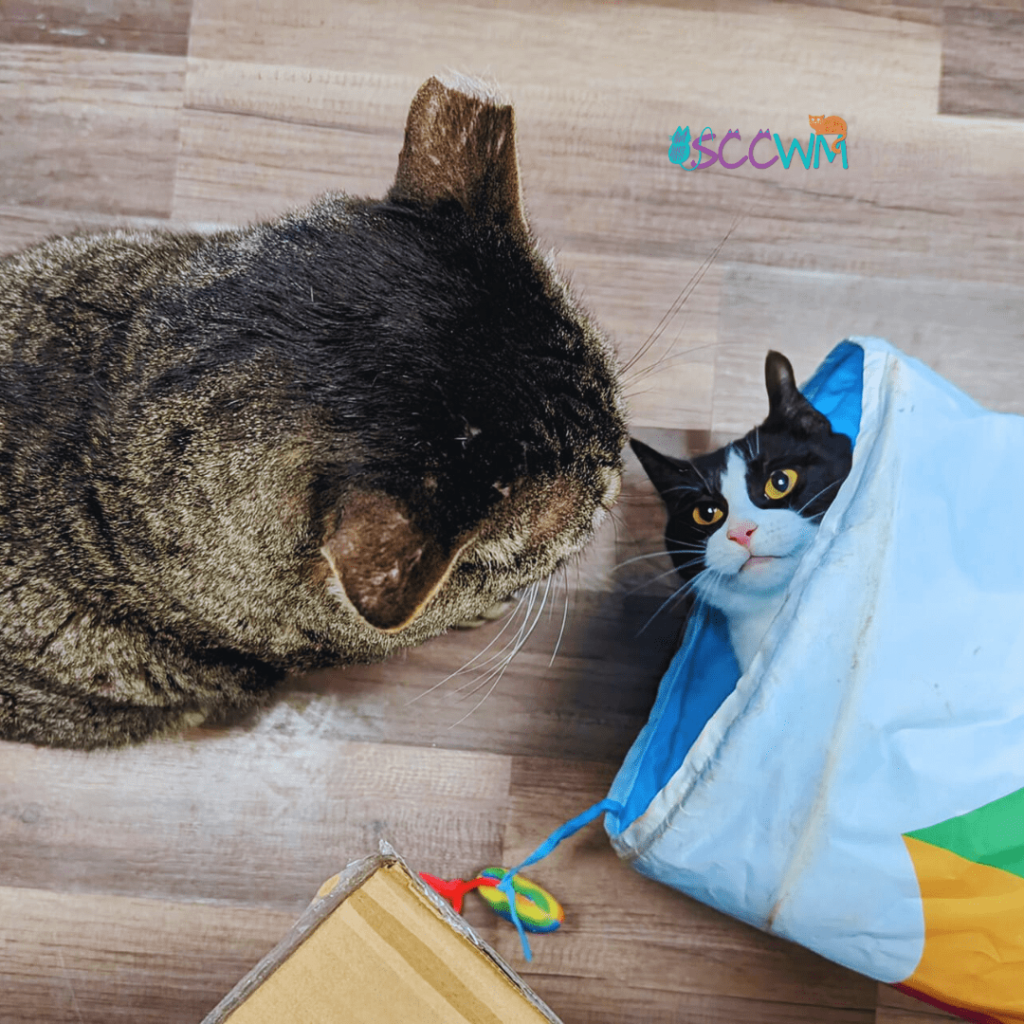
Feral cats are often misunderstood. Unlike stray cats, feral cats have not been socialized with humans and are typically born and raised in the wild. They live in communities known as colonies and can have a quality of life similar to indoor cats when managed properly through TNR programs. Understanding the distinction between stray and feral cats is crucial for effective TNR practices.
3. The Mechanics of Trap-Neuter-Return
TNR involves several critical steps:
- Trapping the feral cats humanely, transporting them to a veterinary clinic for neutering, and returning them to their colony.
- During the process, cats also receive vaccinations and health checks, improving overall colony health.
4. Why Should We Neuter Feral and Stray Cats?
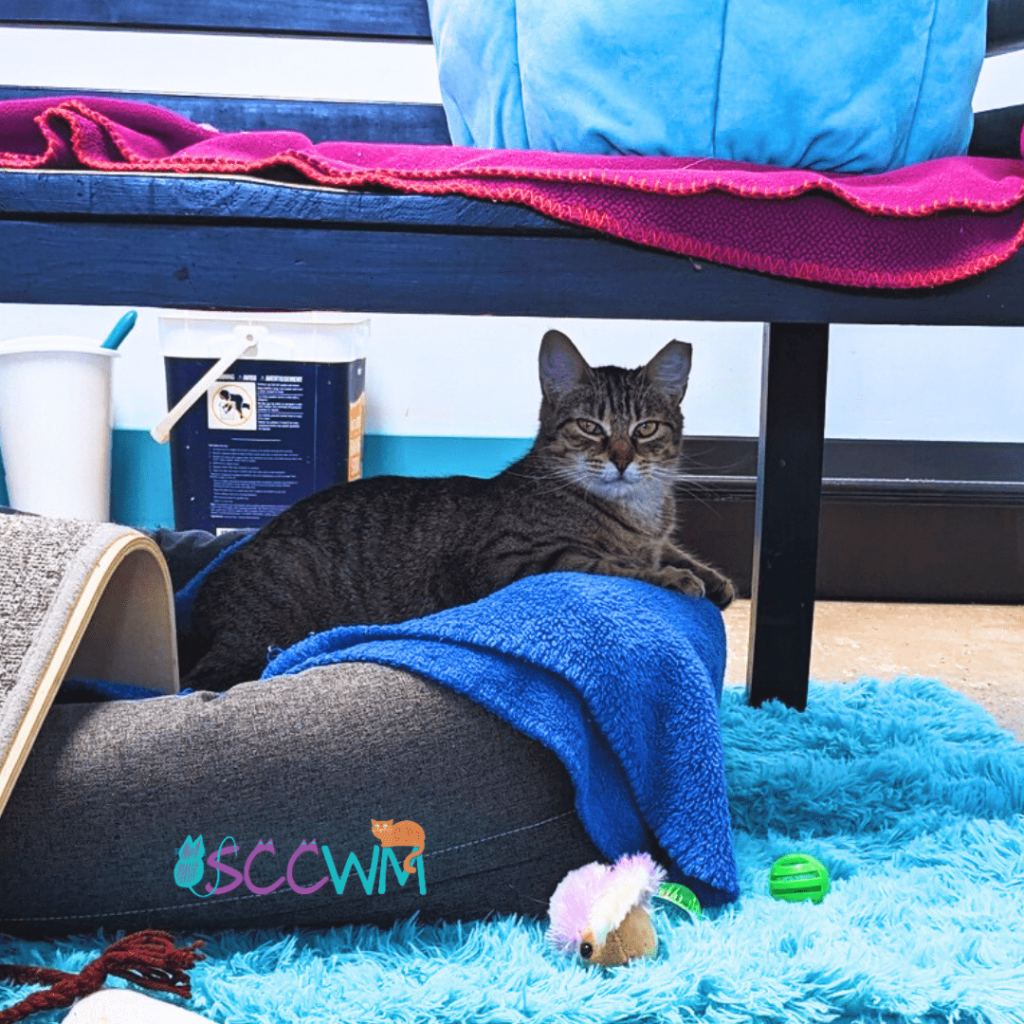
Neutering is central to the TNR process. It effectively prevents new litter and reduces the number of cats suffering on the streets. It also mitigates aggressive mating behaviors, leading to a more peaceful coexistence within the community.
5. The Role of Community Cats in TNR
Community cats, often mistaken for stray or feral, play a significant role in the TNR process. These cats can be ambassadors between the feral world and human society, showing that feral cat colonies can live harmoniously within our communities with proper care and management.
6. How to Get Involved in TNR Programs
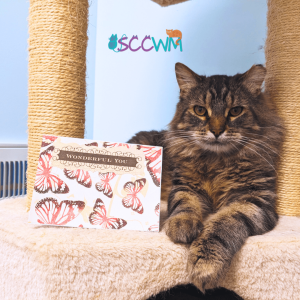
Engaging with organizations such as Feral Cat Solutions and C-Snip can significantly assist those looking to initiate or improve their TNR efforts. These groups offer a wealth of resources, support, and advice to manage feral and stray cat populations effectively, underscoring the critical role of TNR in preventing the rise of new cats.
There are numerous ways to contribute, from volunteering in local TNR efforts to educating the community about the benefits of spaying and neutering, highlighting the collective effort required to responsibly address and manage feral cat populations.
7. The Impact of TNR on Local Cat Populations
TNR has proven to be one of the most effective methods for controlling and reducing free-roaming cats. By preventing births, TNR gradually lowers the number of cats in a colony, leading to a sustainable and humane decrease in the feral cat population.
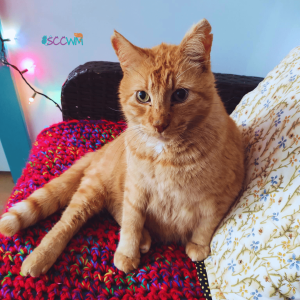
8. The Benefits of TNR for the Community
TNR programs offer extensive benefits beyond just controlling cat populations. They reduce the burden on animal shelters, decrease the spread of feline diseases, and improve the lives of the cats and the community members who live near them. SCCATSWM supports TNR as a positive solution that benefits everyone.
- Reduced population of feral and stray cats: TNR helps stabilize the population of feral and stray cats by preventing further breeding.
- Healthier cat population: TNR programs typically include vaccination and spaying/neutering, which can help prevent the spread of diseases and improve the overall health of the cat population.
- Decreased nuisance behaviors: Cats spayed or neutered are less likely to engage in behaviors such as yowling, spraying, and fighting, which can be a nuisance to residents.
- Improved human-cat relationships: TNR programs can help reduce negative interactions between feral cats and humans, leading to a more harmonious coexistence.
- Cost-effective solution: TNR programs are typically more cost-effective than traditional methods of cat control, such as euthanasia or relocation.
- Environmental benefits: By reducing the number of feral cats in an area, TNR can help protect local wildlife populations that cats may prey upon.
- Community involvement: TNR programs often involve community volunteers who can help monitor and care for the cat population, fostering a sense of community and responsibility.
9. Addressing Concerns: Common Misconceptions about TNR
Despite its effectiveness, TNR faces criticism and misconceptions. Addressing these concerns is essential for community buy-in and program success. We at SCCATSWM work to dispel myths, providing factual information and success stories to illustrate the true impact of TNR.
Misconception 1: TNR Encourages More Feral Cats
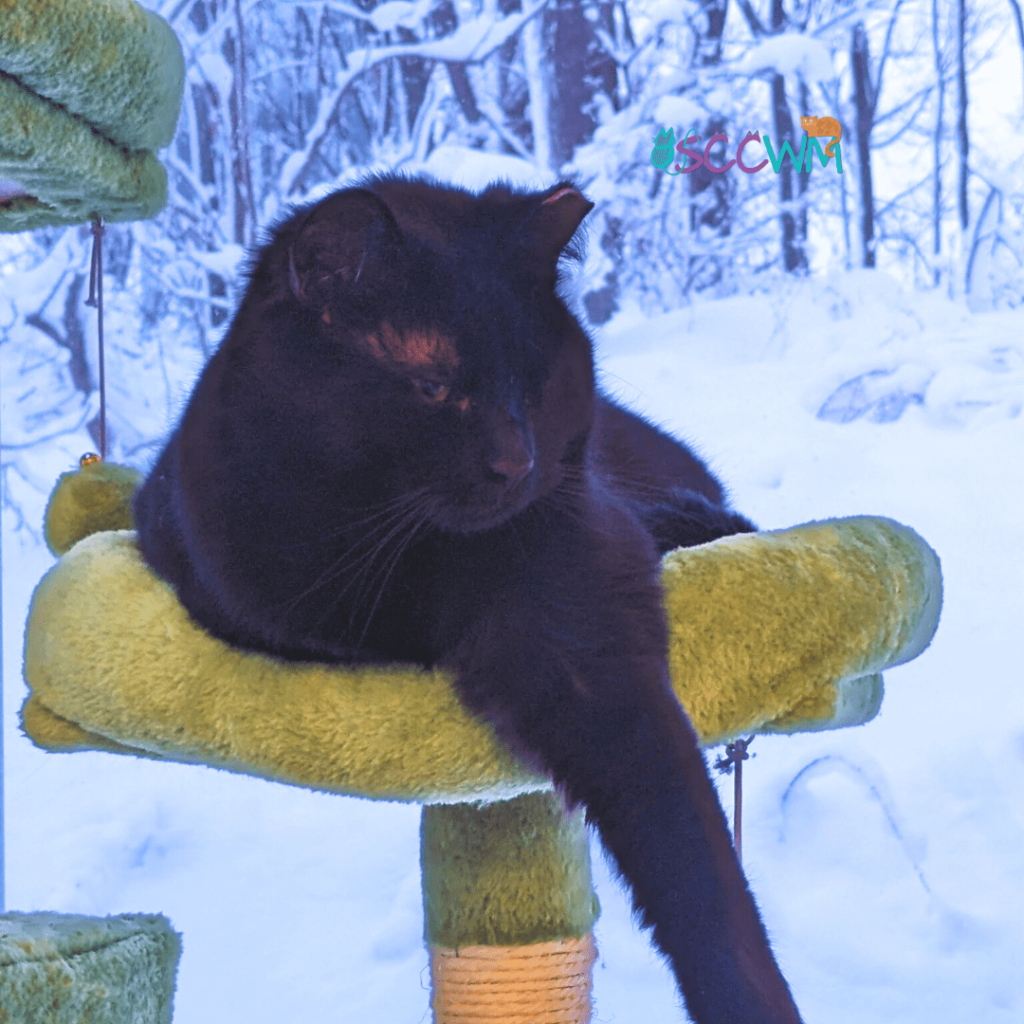
- Fact: TNR reduces populations by preventing new births and stabilizing existing colonies.
Misconception 2: TNR is Inhumane and Cruel
- Fact: TNR is endorsed by veterinarians and animal welfare organizations as a humane method of managing feral cat populations.
Misconception 3: TNR is Ineffective and a Waste of Resources
- Fact: Studies and real-world examples show TNR reduces feral cat populations, lessens nuisance behaviors, and saves money compared to euthanasia programs.
Misconception 4: TNR Cats Pose a Significant Health Risk
- Fact: TNR includes vaccinating cats against rabies and other diseases, reducing health risks to humans and other animals.
Misconception 5: TNR is Only a Temporary Solution
- Fact: While TNR is not an overnight fix when consistently applied, it provides a long-term solution for reducing feral cat populations.
SCCATSWM is dedicated to educating the public and providing factual information to debunk these myths and promote a deeper understanding of TNR’s benefits. By addressing these misconceptions, we aim to foster community support and enhance the success of TNR programs.
10. What happened to this cat’s left ear? Why is it cut?
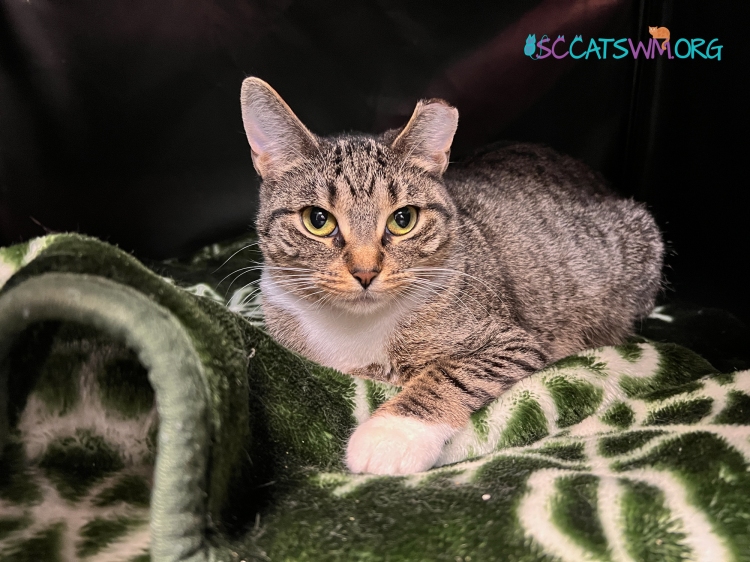
Ear-tipping is a humane, painless procedure indicating a cat has undergone a Trap-Neuter-Return (TNR) program, signified by a clipped left ear. This universally recognized symbol helps avoid unnecessary re-trapping and signals that the cat is vaccinated and neutered. The process is safe, performed under anesthesia, and the cat quickly recovers. Recognizing an ear-tipped cat showcases the success of TNR efforts and promotes community support for managing feral cat populations.
11. Future of Feral Cats: The Long-Term Effects of TNR
The long-term effects of TNR include healthier feral cat populations, fewer nuisances for communities, and a better understanding and appreciation of these misunderstood animals. SCCATSWM remains committed to promoting TNR and envisions a future where feral cats are viewed with compassion and respect.

In conclusion, Trap-Neuter-Return (TNR) programs are vital to responsible and compassionate animal welfare. By understanding and supporting these practices, we can humanely significantly reduce the number of feral and stray cats while ensuring their health and safety.
If the plight of these animals moves you and you wish to make a tangible difference, consider exploring opportunities to provide a forever home to TNRed cats. Second Chance Cats is an excellent resource for those looking to adopt, offering a chance to transform both your life and the lives of these deserving animals.
Visit Second Chance Cats today to learn how you can help TNRed cats find the loving homes they deserve. Let’s join hands in creating a better future for these creatures and our communities.
